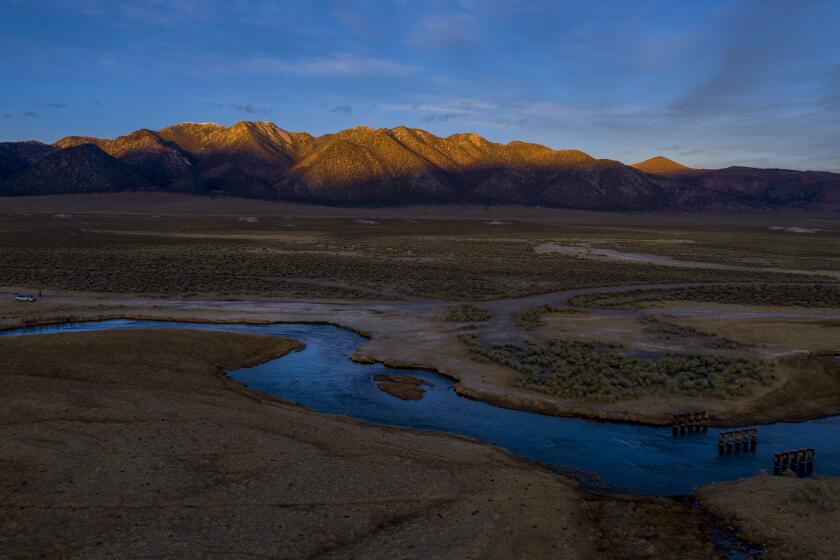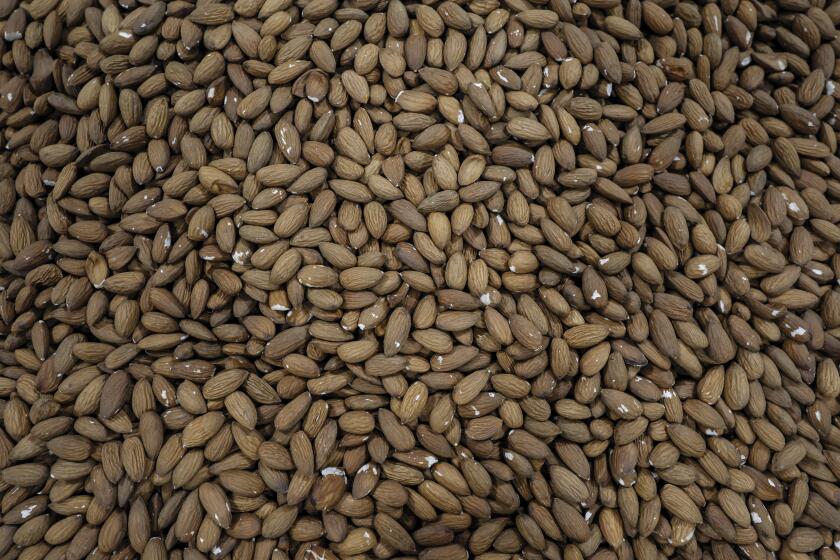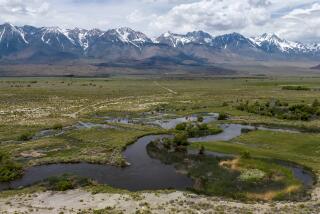California deepens water cuts to cope with drought, hitting thousands of farms
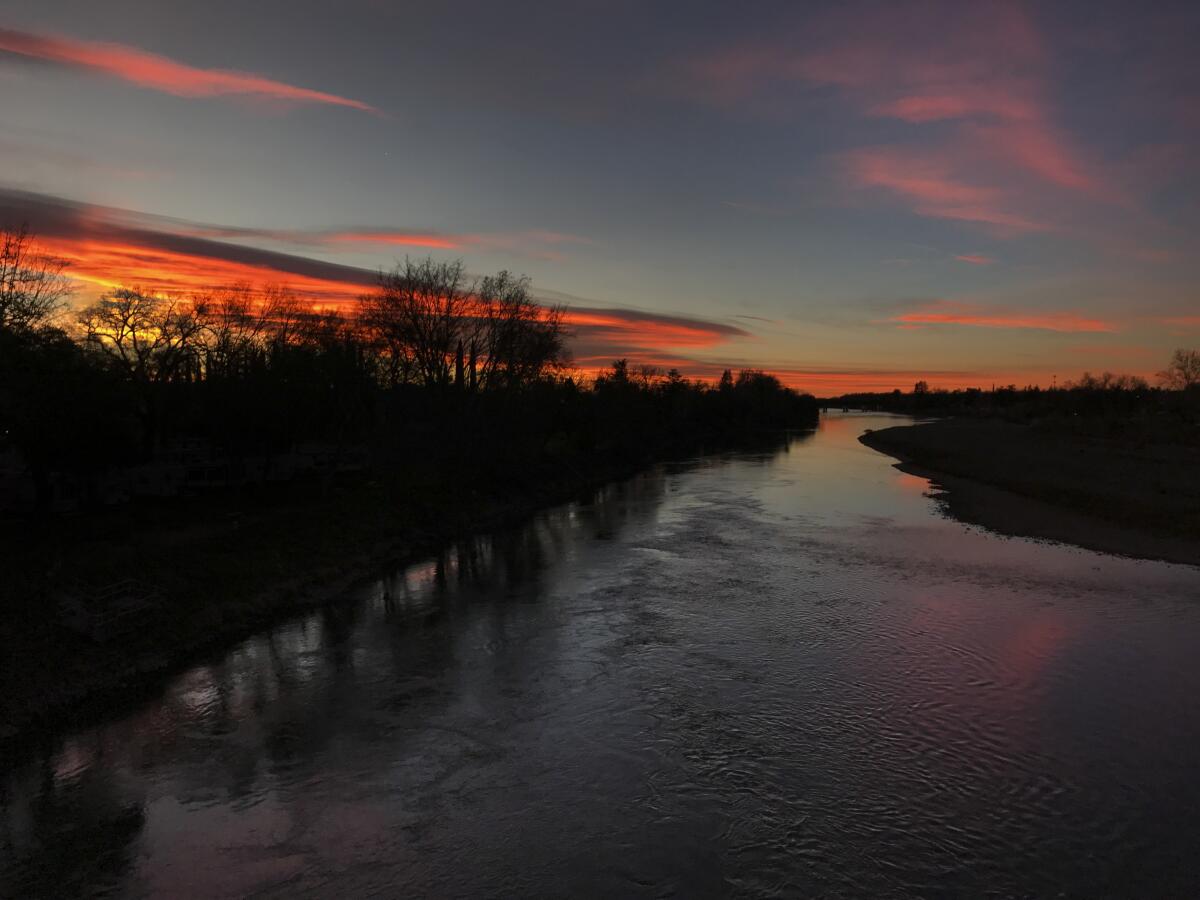
California regulators have begun curtailing the water rights of many farms and irrigation districts along the Sacramento River, forcing growers to stop diverting water from the river and its tributaries.
The order, which took effect Thursday, puts a hold on about 5,800 water rights across the Sacramento and San Joaquin rivers’ watersheds, reflecting the severity of California’s extreme drought.
Together with a similar order in June, the State Water Resources Control Board has now curtailed 9,842 water rights this year in the Sacramento and San Joaquin watersheds, more than half of the nearly 16,700 existing rights.
“The need to take these curtailment actions is in many ways unprecedented. And it reflects just how dry things have been in California over the last three years,” said Erik Ekdahl, deputy director of the state water board’s water rights division. “After three years of really unprecedented drought, reservoir storage is at record lows for much of the state. And there’s just simply not enough water to go around.”
Judges said the water rights for irrigation in the area belong to Los Angeles
The number of water rights that fall under this year’s orders is slightly less than the 10,200 curtailed in 2021. But the latest cuts have come earlier in the summer, affecting many farmers at the peak of their growing season, when they typically irrigate more.
A long list of agricultural water suppliers were emailed notices this week ordering them to stop water diversions from rivers and streams. They included Glenn-Colusa Irrigation District, Browns Valley Irrigation District and Nevada Irrigation District.
Cities from San Francisco to Sacramento to Redding have also been told to stop diverting water.
In all, more than 4,300 water rights holders are affected by the curtailments, many of them farmers.
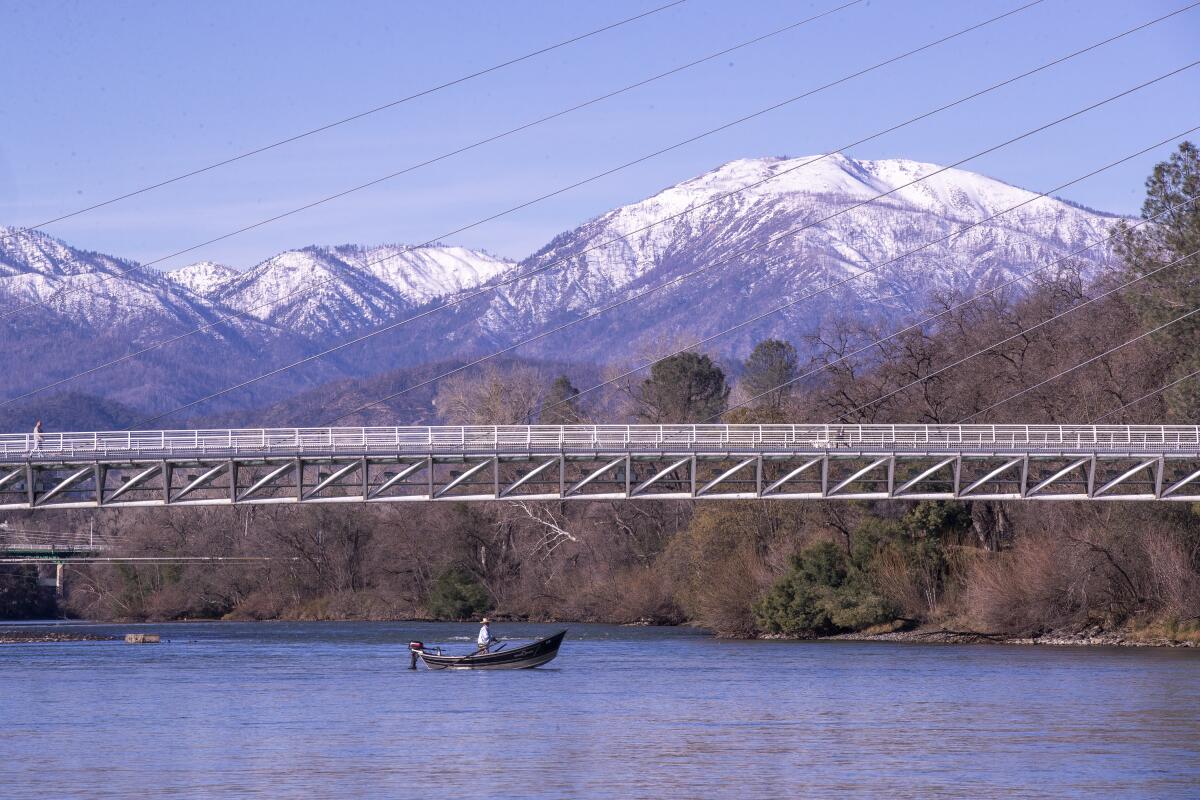
California’s water rights system allows for regulators to curtail rights and halt diversions based on the year a rights holder started using water.
In the Sacramento River watershed, Ekdahl said, “we’re curtailing down to a priority date of about 1910,” while those with older rights will be able to continue taking water.
While the initial cuts in June primarily affected those in the San Joaquin watershed, the latest order affects more than 5,000 water rights along the Sacramento River and its tributaries.
“Curtailments are never our first option, and yet we kind of need to go this route,” Ekdahl said.
He pointed out that much of Northern California has received only about two-thirds of the average rainfall over the last three years.
“We’re now in a really tough scenario where we have to look and evaluate how much supply and demand is there, and implement the water rights priority system like it was designed back in 1914,” Ekdahl said. “That’s important for just ensuring that there is water available and for providing a stable and orderly way to administer a very limited supply during drought.”
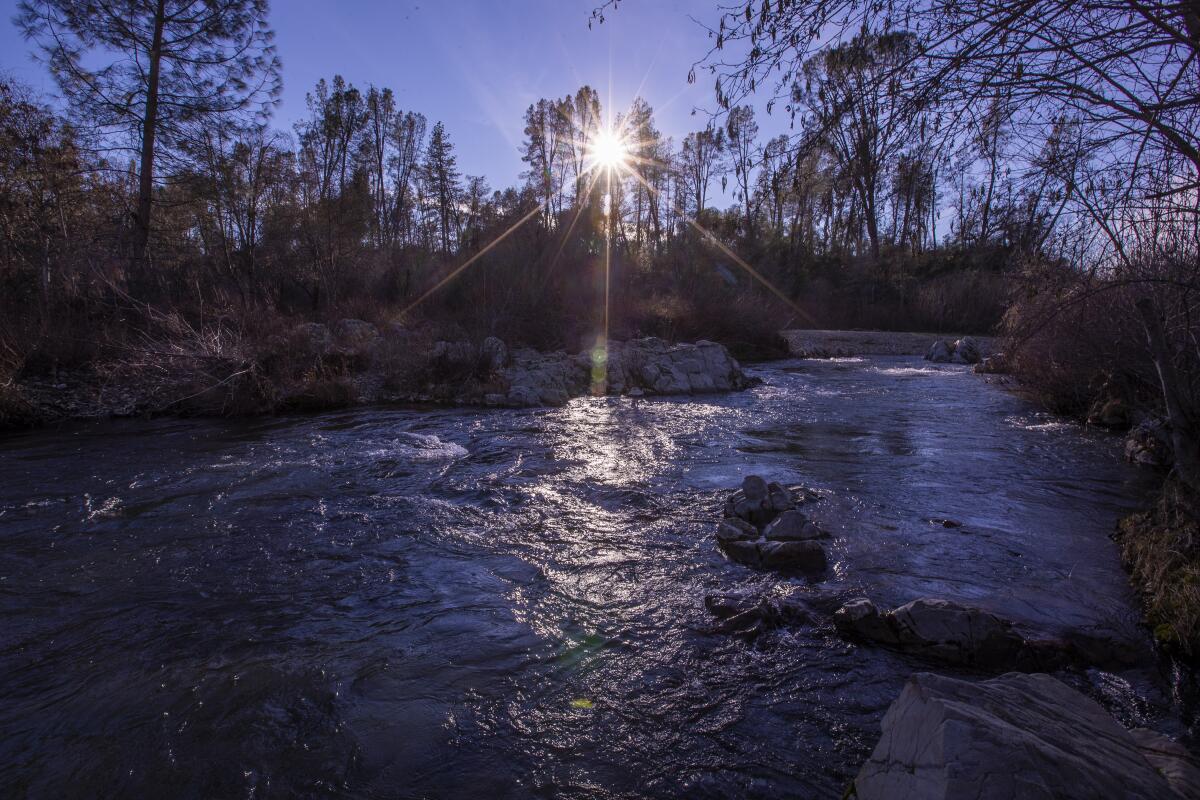
Those who have been told to stop diverting water have largely been complying, he said.
“It shows that people do recognize that we are in this scenario, we have to work through it all together. But it’s going to get harder,” Ekdahl said.
The cuts are intended to help preserve water supplies as much as possible, he said, not only to get through this year but also in case the state ends up enduring a fourth year of severe drought.
According to the state water board, the curtailments will reduce water diversions by about 789,000 acre-feet during July — more than the nearly 500,000 acre-feet that the city of Los Angeles supplies to customers annually.
Farms and cities across California have already been grappling with cuts in supplies from two large water-delivery systems, the State Water Project and the Central Valley Project.
The drought has taken a toll on California’s agriculture industry, which produces a range of crops including nuts, fruits, rice and hay for cattle.
Researchers at UC Merced estimated that reduced water deliveries last year resulted in 395,000 acres of cropland left dry and unplanted. And growers have been leaving more land fallow this year in the Central Valley.
Karen Ross, secretary of the California Department of Food and Agriculture, said initial projections point to more than 800,000 acres of farmland probably being left dry this year, including about 250,000 acres in the Sacramento Valley, which previously had largely been spared cutbacks.
As almond growers use increasingly scarce and expensive water to irrigate this year’s crop, over a billion pounds of nuts remain stranded in port.
“It’s a tremendous impact to the farms and to whole communities,” Ross said.
She said farms have effectively reduced water use over the last two decades while also increasing productivity.
Over the last 10 years, the amount of irrigated farmland has also gotten smaller, Ross said, and in the future, “we’re going to be farming a smaller footprint.”
That’s partly because of the gradual implementation of groundwater pumping limits under a 2014 California law intended to combat chronic problems of excessive pumping and declining aquifers.
The state’s $49-billion agriculture industry also is contending with drought years that are being compounded by warmer temperatures fueled by human-caused climate change.
Ross said that reality underscores the need to conserve now and adapt to hotter, drier futures.
She said the drought is a huge “punch in the gut because it’s so heart-wrenching.”
“It’s a very stressful time in ag,” she said. “But we are also very, very resilient.”
While some of the promises made during the previous drought have been kept, conservation efforts are slipping as well-drilling threatens groundwater.
In addition to the curtailments of water rights, rice farmers who are part of a group called the Sacramento River settlement contractors have voluntarily reduced water use. Ekdahl said they are receiving about 18% of their full contractual allotments.
He said the state water board doesn’t have data on how the cuts will affect different crops in the Central Valley.
In the last year, many of the large irrigation districts have been able to use water stored in reservoirs, which isn’t subject to the curtailments, Ekdahl said. Many also continue to have access to groundwater, and some are able to buy water from other growers.
Ekdahl said who is affected and who isn’t is going to be a “site-specific kind of question.”
What’s clear is that without enough water to go around, he said, it will be difficult for some growers to find enough for their crops this summer.
More to Read
Sign up for Essential California
The most important California stories and recommendations in your inbox every morning.
You may occasionally receive promotional content from the Los Angeles Times.
